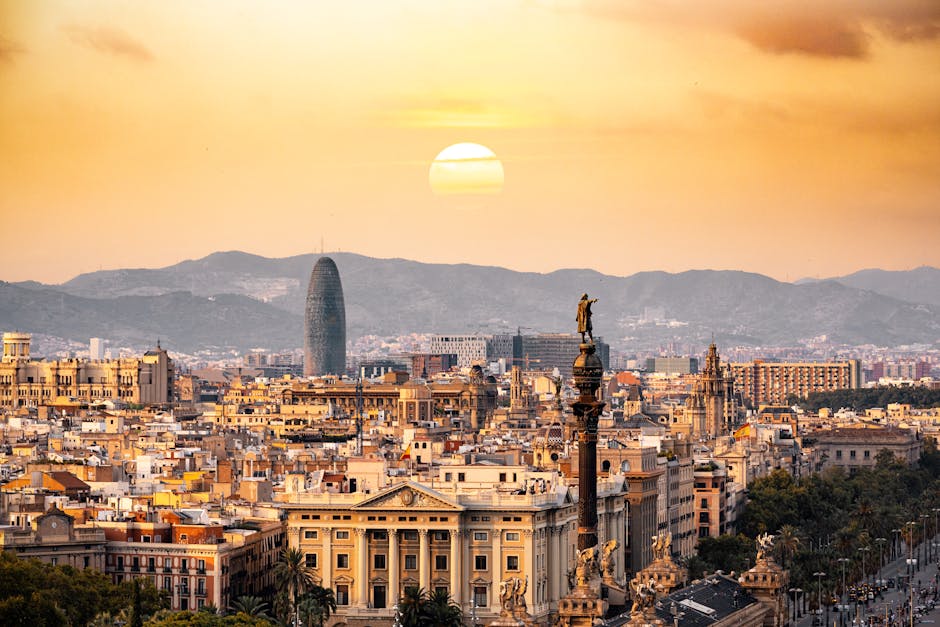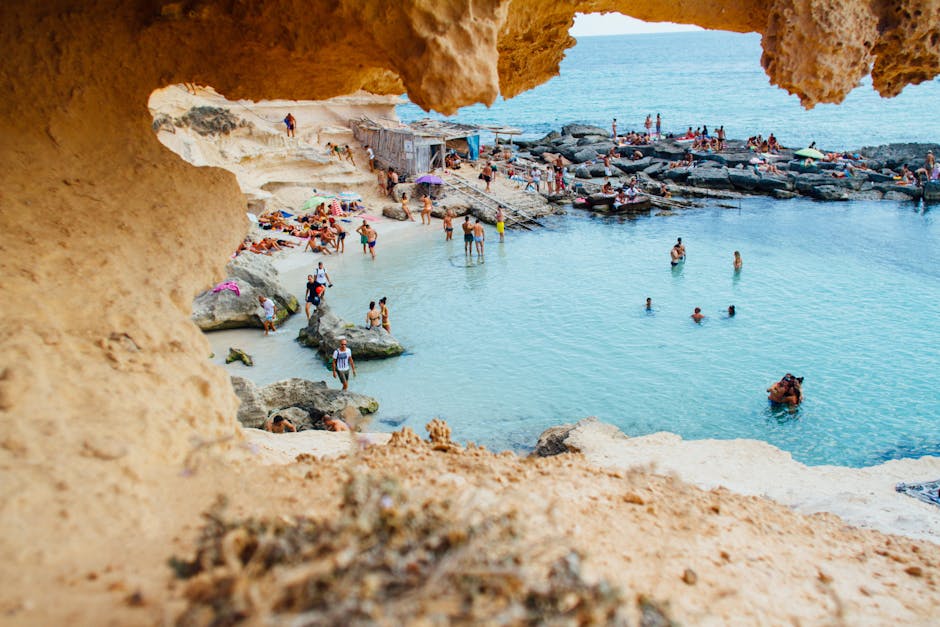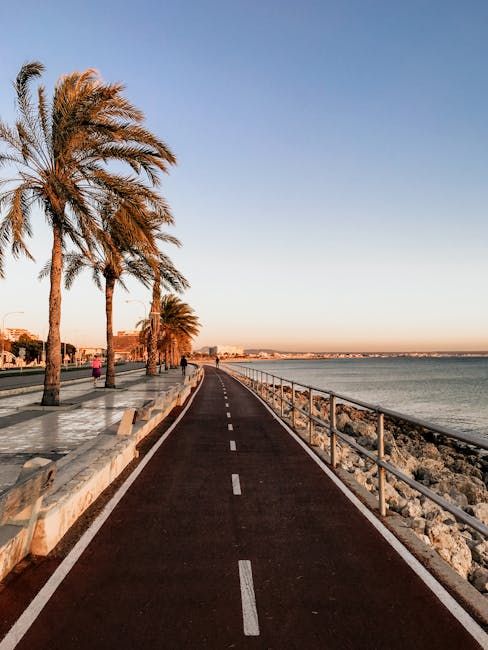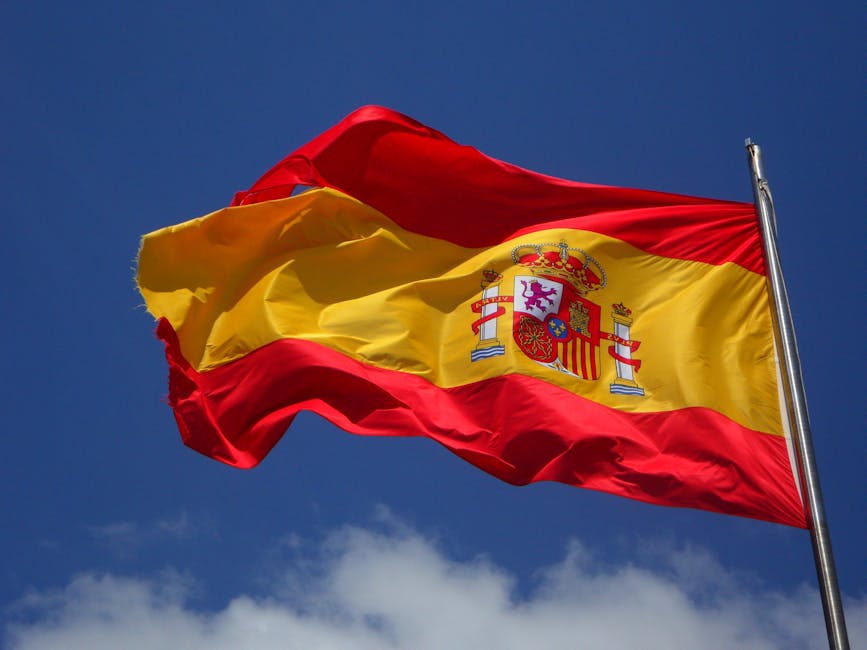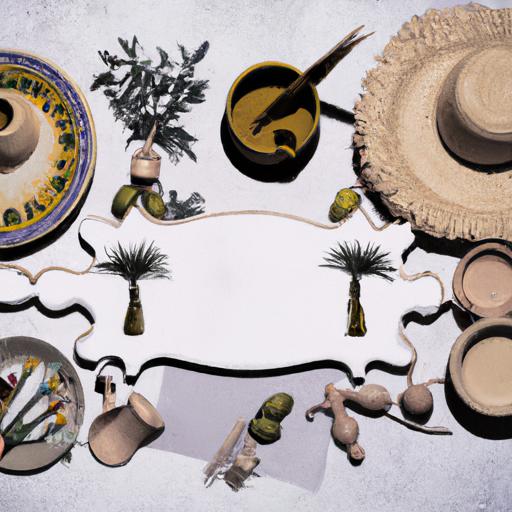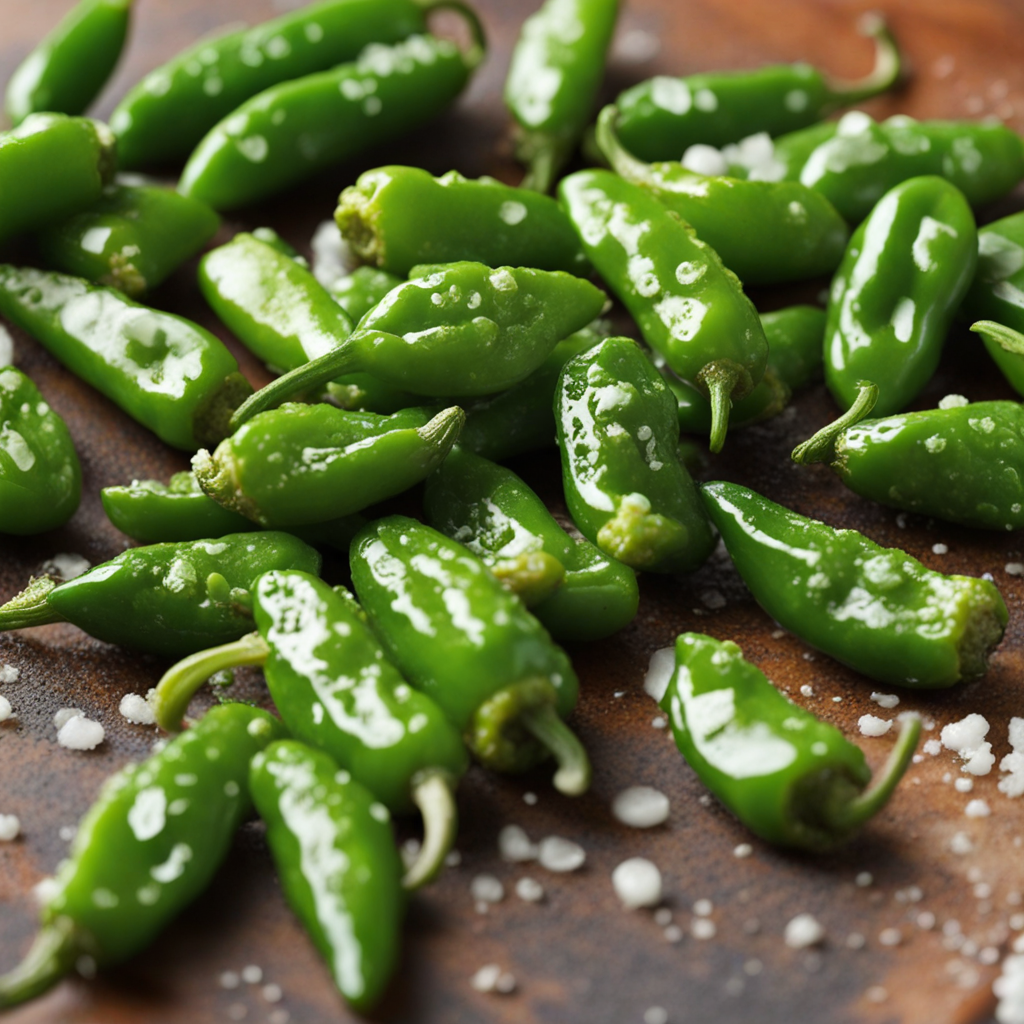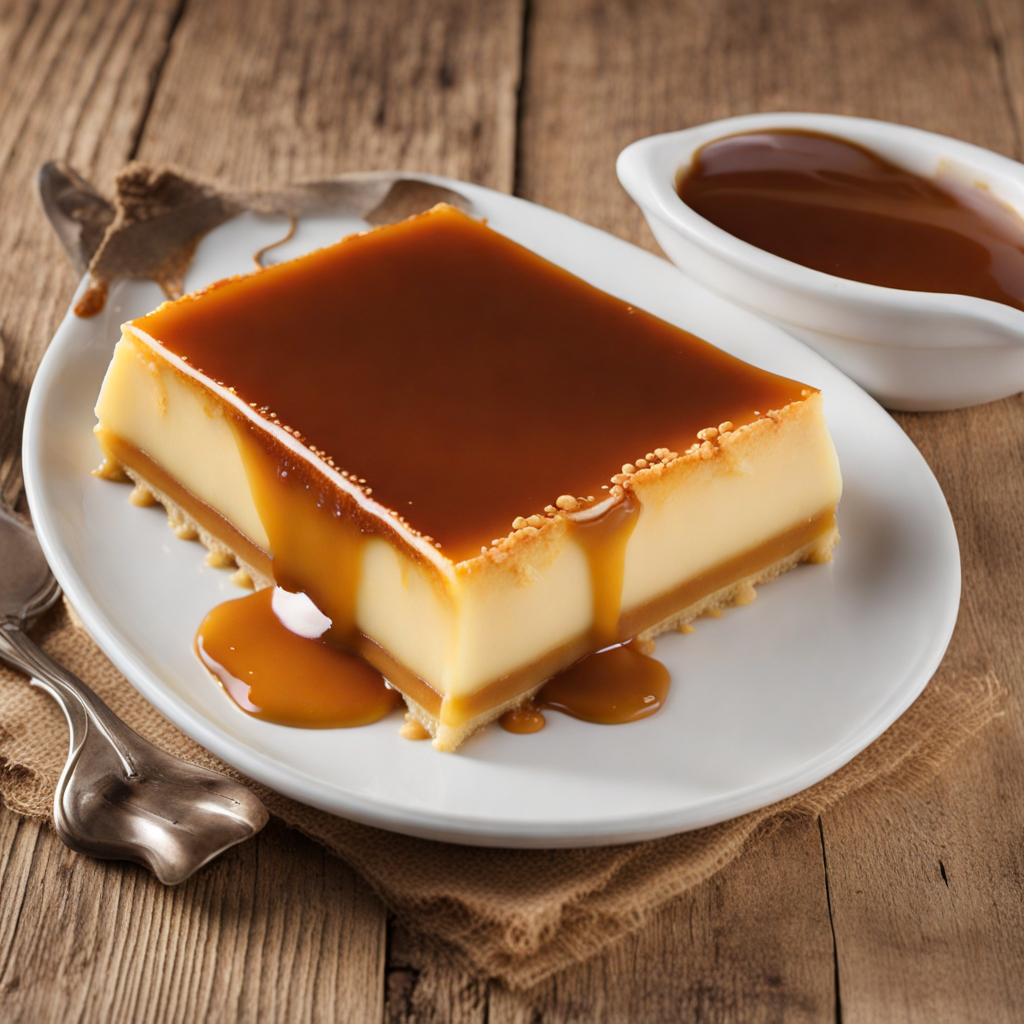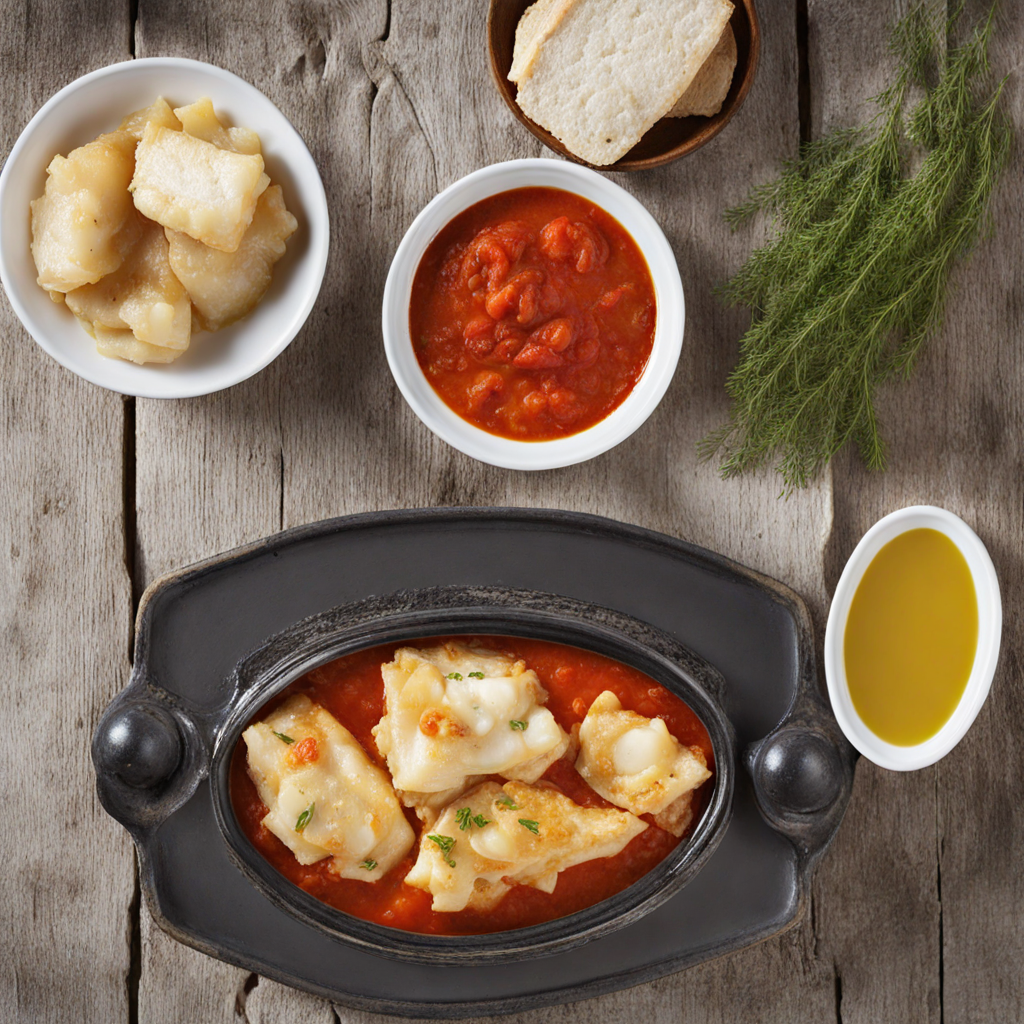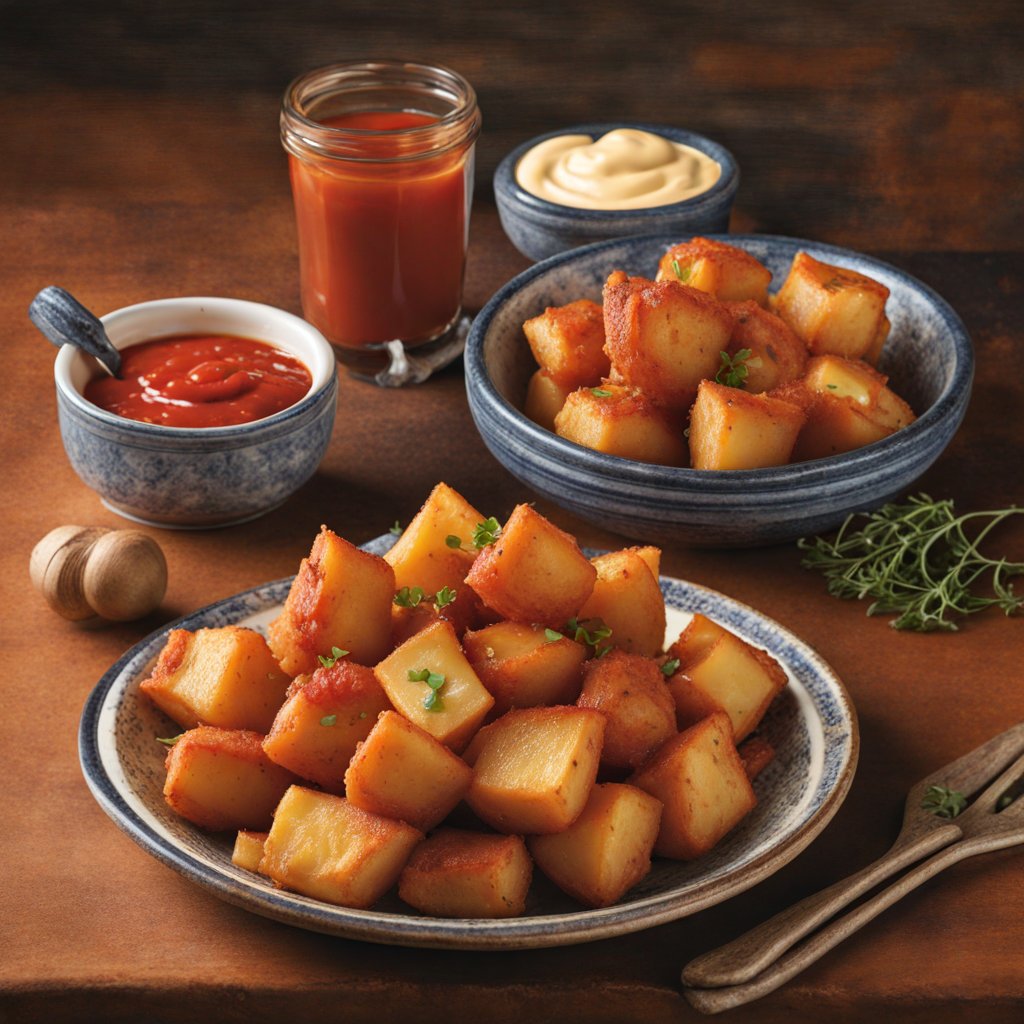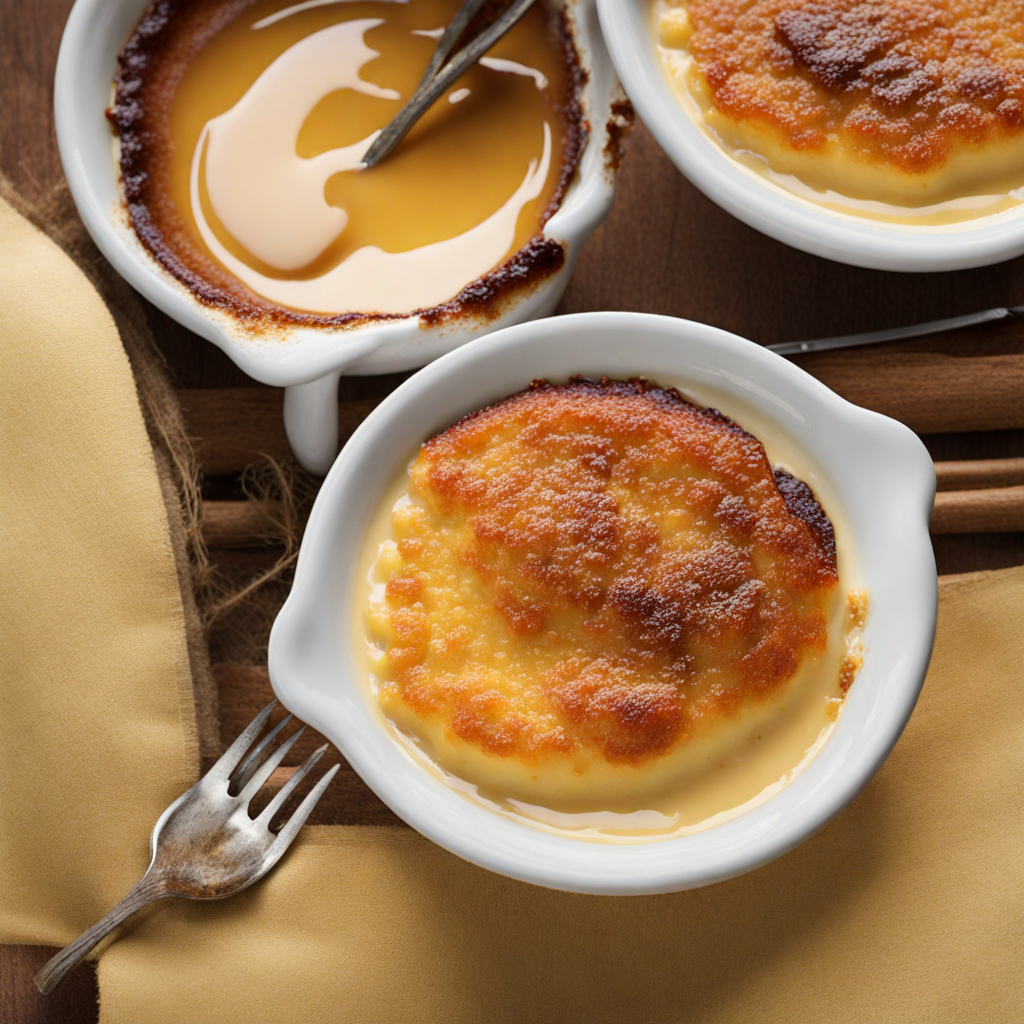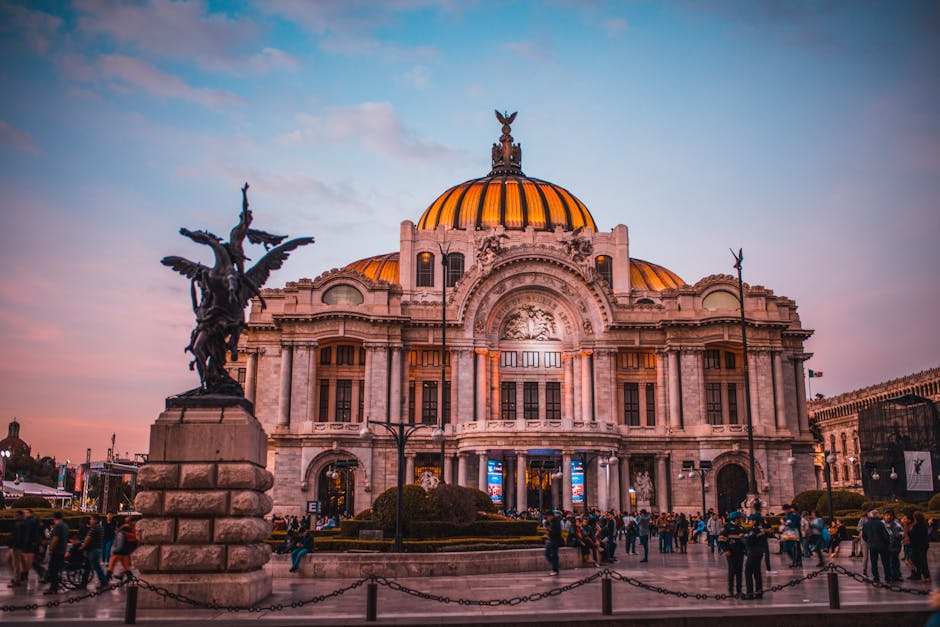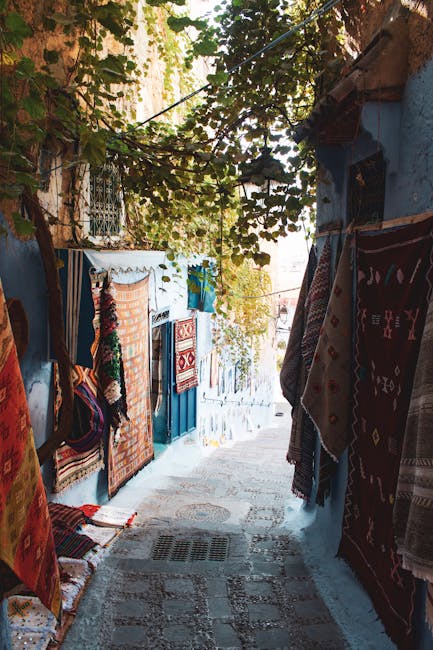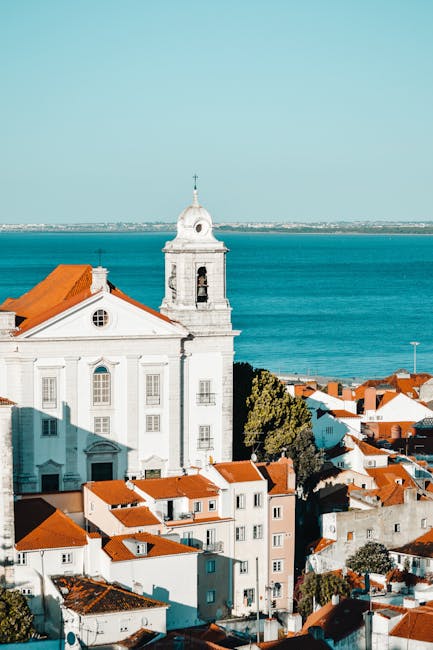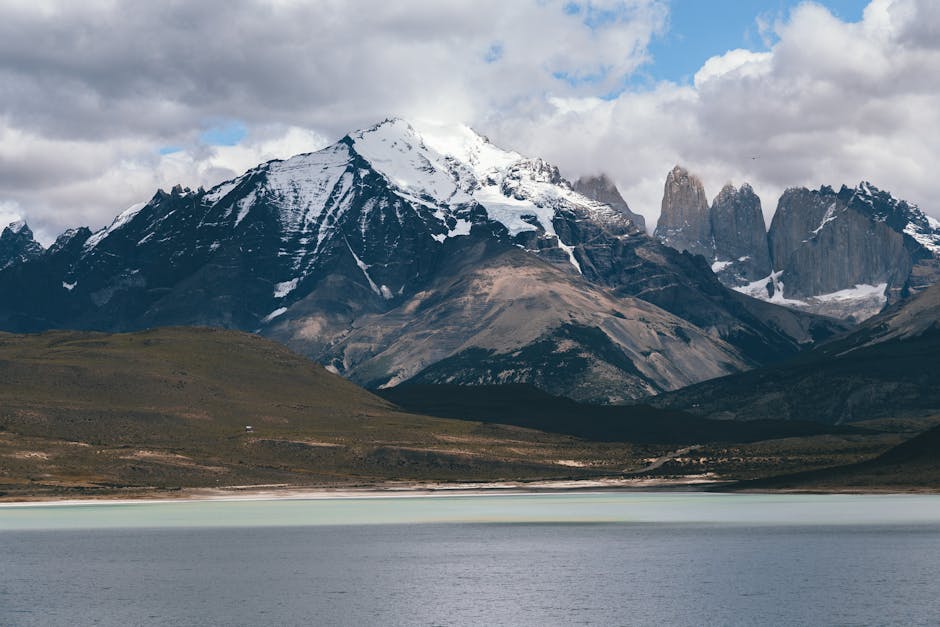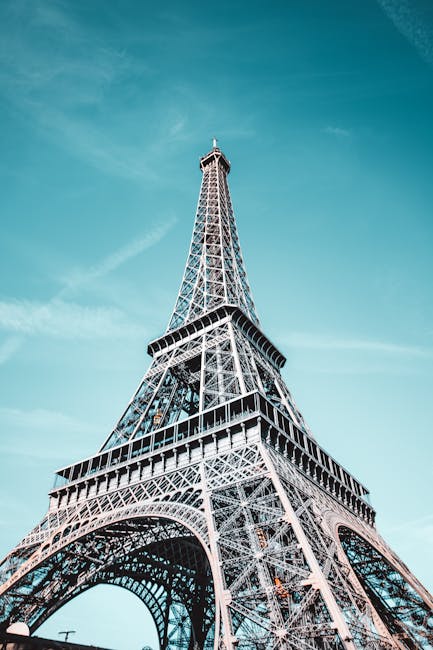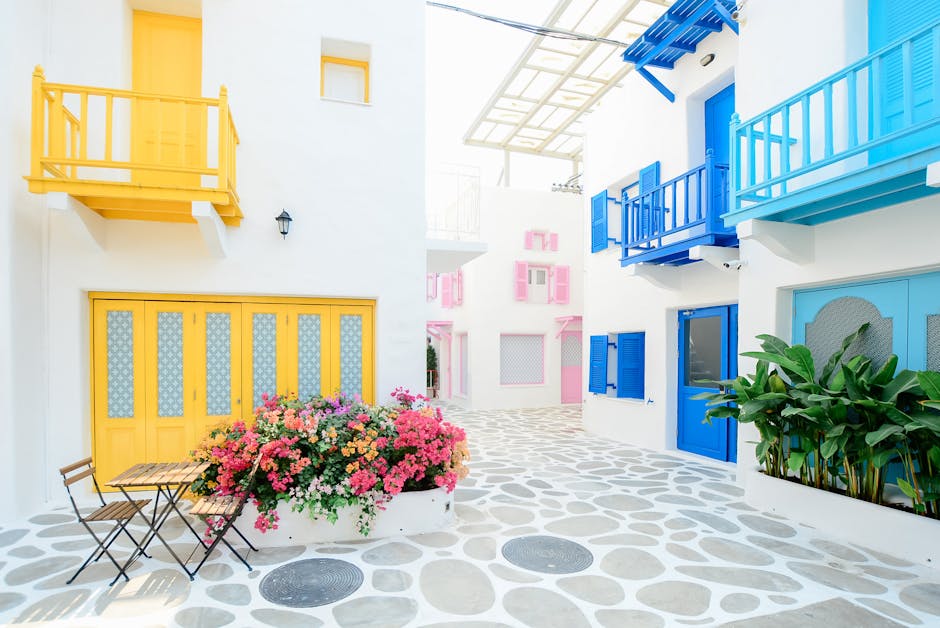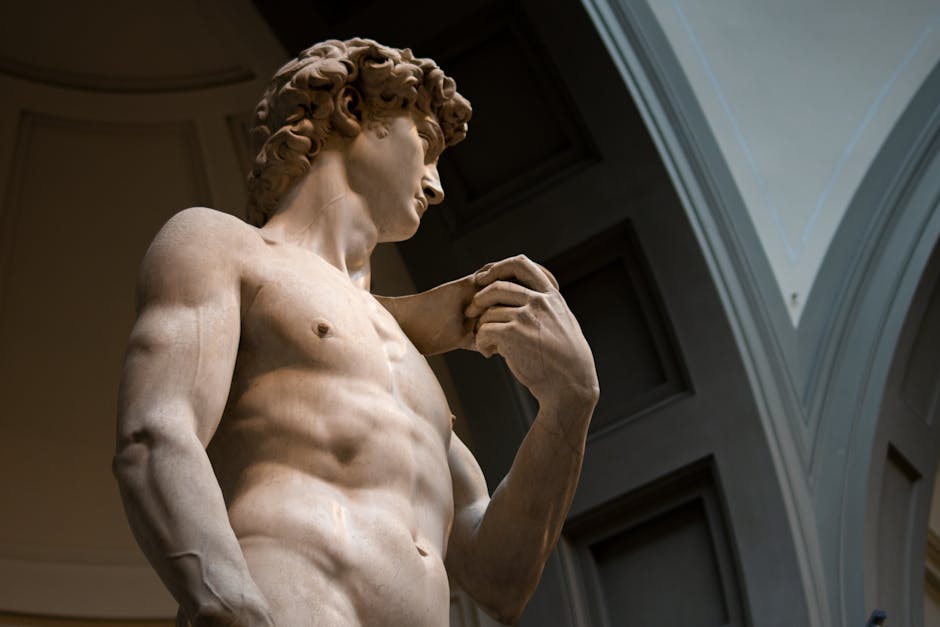Spain
Overview
Spain Overview
Spain, located in southwestern Europe, is a vibrant country known for its rich history, diverse culture, and stunning landscapes. This beautiful country is unique in its variety of traditions, languages, and festivals. Each region has something different to offer - from the flamenco dancers of Andalusia, the stunning architecture of Catalonia, to the world-class beaches of Costa del Sol. Spanish cuisine is another highlight, with tasty dishes like paella, tapas, and churros enjoyed nationwide. Spain is also famous for its energetic nightlife, with clubs in Ibiza and Madrid attracting party-goers from all over the world.
Tourism Seasons
The high season for tourism in Spain is during the summer months, from June to August, when the weather is warm and sunny. However, these months can be quite crowded, especially in popular tourist areas. The average temperature during this time can range from 70°F to 90°F, which makes it perfect for beach activities, sightseeing, and outdoor events. Some of the popular activities during this time include attending the famous La Tomatina festival, exploring the stunning Alhambra palace in Granada, and lounging on the beautiful beaches of Ibiza. Winter, on the other hand, is ideal for skiing in the Sierra Nevada mountains.
Travel Tips
Before visiting Spain, travelers should ensure they have a valid passport. Non-EU citizens may also require a visa, depending on the length of their stay. It's recommended to learn some basic Spanish phrases, as not everyone may speak English, particularly in more rural areas. Additionally, as Spain is a country with a strong culinary culture, you may want to research traditional dishes and regional specialties to try. Lastly, it's advisable to pack according to the season and the regions you plan to visit. Don't forget a good pair of walking shoes, as exploring the cities by foot is one of the best ways to soak in the vibrant Spanish culture.
A Glimpse into the Past
Spain's history is a rich tapestry woven from diverse cultures, conquests, and eras, making it one of the most fascinating countries to explore for travelers. From ancient civilizations to modern times, Spain offers a unique glimpse into a variety of influences that have shaped its landscape, architecture, and traditions.
Prehistoric and Ancient Civilizations
The earliest evidence of human habitation in Spain dates back to the Paleolithic era, with notable sites like the Cueva de Altamira in Cantabria, famous for its stunning cave paintings. Moving forward, the Iberians, Celts, and Phoenicians established settlements, contributing to the cultural mosaic. The Roman Empire left a significant mark on Spain, known as Hispania, with well-preserved ruins such as the Roman Theatre of Mérida and the Aqueduct of Segovia. These sites reflect the advanced engineering and urban planning of Roman civilization.
The Visigoths and the Islamic Era
After the fall of the Roman Empire, the Visigoths ruled over Spain until the early 8th century. Their influence can be seen in various architectural remnants, such as the Cathedral of Toledo, which combines Visigothic, Islamic, and Christian elements. In 711 AD, the Moors invaded and established a powerful caliphate, leading to an era known as Al-Andalus. The architectural marvels of this period include the stunning Alhambra in Granada and the Great Mosque of Córdoba. The coexistence of Muslim, Christian, and Jewish cultures during this time fostered a vibrant intellectual environment, making cities like Córdoba a center of learning and culture.
The Reconquista
The Christian Reconquista began in the 8th century and lasted until 1492, culminating in the fall of Granada. This period is marked by numerous battles, the rise of powerful kingdoms, and significant cultural exchanges. The Cathedral of Santiago de Compostela became a symbol of Christian pilgrimage, while the Alcázar of Seville showcases the architectural blend of Moorish and Christian styles. The Reconquista not only shaped Spain’s religious landscape but also set the stage for the Age of Exploration.
The Age of Exploration
In 1492, Columbus set sail from Spain, leading to the discovery of the Americas. This event marked the beginning of Spain’s Golden Age, characterized by immense wealth from colonies and a flourishing of arts and literature. Cities like Barcelona and Madrid became cultural epicenters. The works of artists such as El Greco, Velázquez, and writers like Cervantes flourished during this period. Visitors can explore the Prado Museum in Madrid, which houses masterpieces from this vibrant era.
The Spanish Empire and Decline
At its height, the Spanish Empire was one of the largest empires in history, controlling vast territories across the Americas, the Philippines, and parts of Europe. However, the 17th century saw a decline due to military overreach, economic troubles, and the loss of territories. The Spanish Armada’s failed invasion of England in 1588 marked a significant turning point. Travelers can explore the remnants of this imperial past in places like Toledo and the Royal Palace of Madrid.
The 19th Century and Civil War
The 19th century was tumultuous for Spain, marked by the loss of most of its colonies in the Spanish-American War (1898) and internal strife. The Spanish Civil War (1936-1939) was a pivotal moment in Spanish history, leading to the rise of Francisco Franco's dictatorship. The scars of this conflict are still evident today, and sites like the Guernica memorial and the Valley of the Fallen offer poignant reflections on this dark chapter.
Franco's Regime and Transition to Democracy
Franco ruled Spain until his death in 1975, after which the country transitioned to democracy. The Spanish Constitution of 1978 established a parliamentary monarchy, restoring freedoms and regional autonomy. Cities like Barcelona and Bilbao have flourished in this new era, showcasing modern architecture and vibrant cultural scenes. The Guggenheim Museum in Bilbao is a testament to contemporary art and architecture.
Modern Spain
Today, Spain is a diverse and dynamic country known for its rich cultural heritage. The Camino de Santiago attracts pilgrims from around the world, while annual festivals like La Tomatina in Buñol and Running of the Bulls in Pamplona draw thousands of visitors eager to experience Spanish culture. The culinary scene, particularly in regions like Catalonia and Basque Country, has gained international acclaim, with dishes like paella and tapas offering a taste of the country's diverse flavors.
Regional Diversity
Spain's regions, each with distinct identities, languages, and traditions, enhance its cultural richness. In Catalonia, the modernist architecture of Antoni Gaudí, particularly the Sagrada Família in Barcelona, captivates visitors. In the Basque Country, cities like San Sebastián offer stunning coastlines and a unique culinary scene. The Alhambra and Mezquita in Andalusia echo the Moorish influence that shapes the flavor of southern Spain, while the Pyrenees provide breathtaking natural beauty for outdoor enthusiasts.
Conclusion
As travelers explore Spain, they encounter a nation that has embraced its past while looking towards the future. The interplay of cultures, historical landmarks, and vibrant traditions create an inviting atmosphere for all who visit. Whether it's wandering through the narrow streets of Toledo, enjoying a flamenco show in Seville, or relishing tapas in Madrid, Spain offers an unforgettable journey through history.
Top cities for tourists in Spain
Discover the Famous Cities That Might Captivate Your Interests
Must-Try Foods You Can't Afford to Miss
Indulge in a Variety of Fantastic Foods During Your Stay in Spain
May Be Your Next Destinations
People often choose these countries as their next destination


